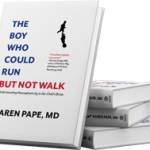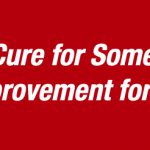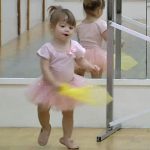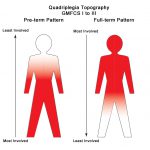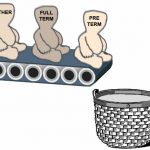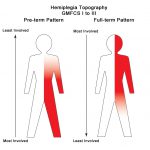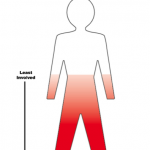There is a continuing controversy in pediatric neurorehabilitation about how much hope to give parents of a child with diagnosed brain damage. This interview gives my position, as well as […]
Can Therapeutic Riding Help?
I think this photo tells an important story. Riding a horse is a child-active therapy that has therapeutic benefits with documented improvements in postural control and balance. http://onlinelibrary.wiley.com/doi/10.1111/j.1469-8749.2011.03951.x/full In my […]
Review from The American Academy for Cerebral Palsy and Developmental Medicine
“The Boy Who Could Run but Not Walk: Understanding Neuroplasticity in the Child’s Brain” By Karen Pape, MD Dr. Pape has inspired a great deal of discussion and debate over […]
Ready For a Cure?
There is every reason to think that the next 10 years will bring more cures of cerebral palsy by either preventing or by treating the early brain damage that is […]
Progress in Stem Cell Treatment for Cerebral Palsy
This news report from San Diego is about some remarkable improvements in a young child with hemiplegia treated with her own stored cord blood cells. This is very good news […]
Dyskinetic Quadriplegia – Athetosis, Choreoathetosis & Ataxia – GMFCS I to V
These are the main movement disorders seen in children with cerebral palsy. Collectively they now represent 10 to 15% of children with CP, but there is a much higher proportion […]
Cerebral Palsy – Spastic Quadriplegia – GMFCS Level I – III
In preterm pattern quadriplegia, the legs are most involved and in full term pattern quadriplegia, the arms, hands, upper trunk and face more involved. The patterns are like bilateral […]
Cerebral Palsy – Hemiplegia – GMFCS I to III – Part Two
I have some real problems with classifying all children with hemiplegia into one basket. As I explained last week, (Cerebral Palsy – Hemiplegia – GMFCS I to III – Part […]
Cerebral Palsy – Hemiplegia – GMFCS I to III – Part One
The topography of hemiplegia is much more complex than diplegia. The differences relate both to the type and extent of brain damage as well as the timing of the injury. […]
Cerebral Palsy – Diplegia – GMFCS I to III
In spastic diplegia, the lower leg muscles are the most involved part of the body. Spasticity is most severe in the lower leg and it becomes less problematic as you […]


